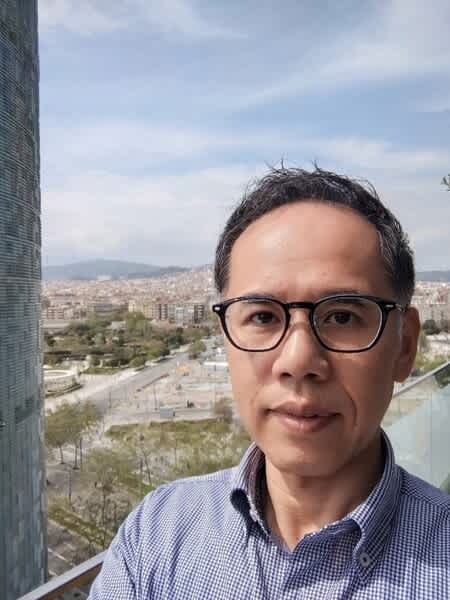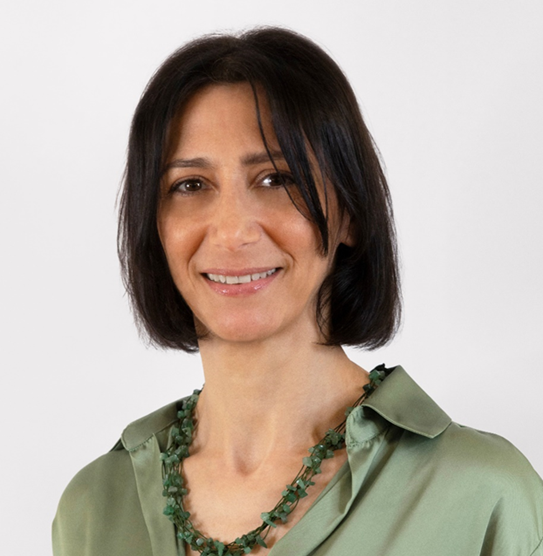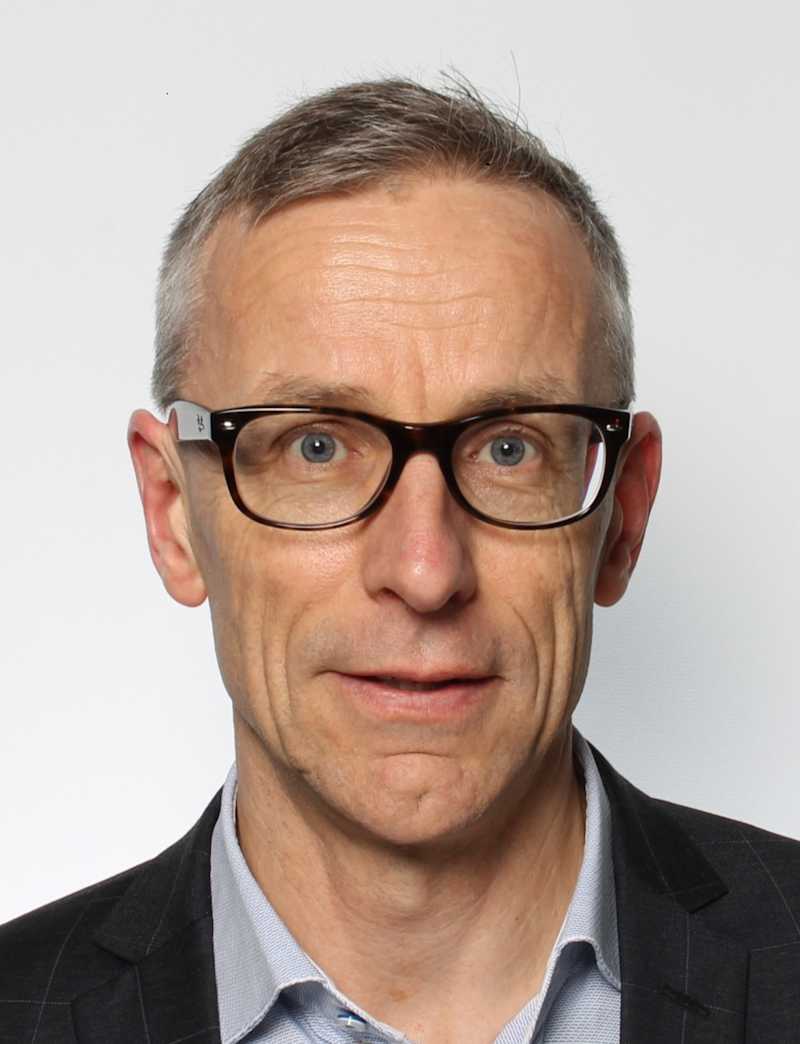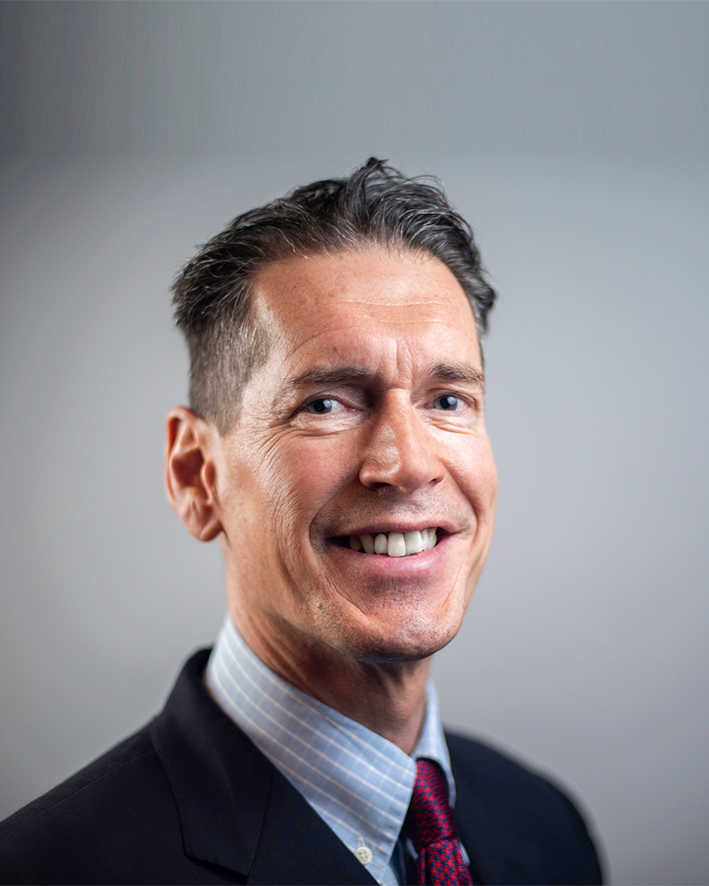Patent value creation opportunities are growing in Japan
Yoshinori Shimizu recently became the new managing director of our office in Tokyo. Here he discusses his longstanding involvement in the pool world and why Japanese companies increasingly speak the language of patent value
In early April, Sisvel announced Yoshinori Shimizu as the new managing director of its Japanese affiliate. Prior to the appointment, Shimizu spent nearly 30 years in the IP and legal departments of Mitsubishi Electric, a key Sisvel partner that currently participates in the firm’s 5G Multimode, Cellular IoT and Wi-Fi 6 pools.
Shimizu spoke with Sisvel Insights following a visit to Sisvel’s offices in Luxembourg and Barcelona. From his base in Tokyo, he told us about his time with Mitsubishi Electric, dealmaking in Japan and the challenge of maximising value from dormant patents.
Yoshinori Shimizu on a recent visit to Sisvel’s Barcelona office
Can you tell us about your background and how you got into IP?
I started my career with the legal department of Mitsubishi Electric in 1996. I had studied law at university, and the first six years of my career were spent dealing with issues such as contract reviews and litigation. It was a busy time: Japan’s product liability law had just been implemented and there were many memorable cases in those early days.
In 2002, I was transferred to the licensing department, which was distinct from legal. This was my first encounter with the IP world. It was an exciting new challenge, but at the time I thought of it as a way to complement my main career progression in the legal department. However, I found the licensing work so interesting that I soon started to think of IP as my main career path. Just two years later, I was studying nights and weekends for a master of engineering degree. IP combines technology and law, and having studied law at university, I wanted to learn about IP from a technical perspective.
What licensing projects were you working on that you found so compelling?
Patent pools! At that time, I was leading Mitsubishi Electric’s efforts to establish a pool covering 3G cellular technology. It was a great experience to cooperate with companies from around the world like Siemens, KPN and LG Electronics. During this time, I met people who are still friends and colleagues today, some of whom are now at Sisvel.
It was a challenging project from which we all learned a lot. We had hoped we could recreate for cellular some of the success that the earlier MPEG pools had achieved in the multimedia space. It was difficult with many of the largest players choosing not to go the pool licensing route, but we did get a programme off the ground and generate licensing revenue for the company.
It sounds like working internationally was a big part of the appeal for you.
Yes, and shortly after the launch of the 3G programme, I was transferred to an overseas posting with Mitsubishi Electric’s European subsidiary in Uxbridge, outside of London. But this also meant giving up my IP responsibilities and focusing on legal and compliance matters again. I enjoyed living in the UK with my family for the next five years and had lots of opportunities to travel in that part of the world on both business trips and holidays. In 2012, though, I got the opportunity to go back to Tokyo and work in the IP function again.
I was able to spend most of the remainder of my time with Mitsubishi Electric in the Corporate Licensing Division, handling infringement claims, negotiating licence agreements and contributing to IP strategy. I also remained involved with pools and had the chance to serve as chairman of ULDAGE, an established Japanese patent pool in the field of digital television.
Mitsubishi Electric has always been a strong supporter of pools. What’s behind that strategy?
In most programmes, we had made valuable contributions to the technology but were not among the very biggest patent owners. That can make it difficult to carry out bilateral negotiations with a large number of potential licensees. Patent pools enable smaller patent owners to generate licensing revenue much more efficiently.
We also felt that we benefitted greatly from collaborating closely with other patent owners and establishing good personal channels with their licensing teams. As a manufacturer, the top priority is always to defend the product lines. IP is a small world, and when you have direct channels with the patent holders in your space you mitigate the risk of surprise litigation and it’s much easier to reach amicable deals.
And what made you want to jump into the pool world full-time as MD of Sisvel Japan?
There were lots of factors. Mitsubishi Electric is involved in a number of Sisvel pools – 5G Multimode, Cellular IoT, Wi-Fi 6 – so I have worked with the company for around 10 years. The biggest factor is that I like the people and the culture. I have always admired the flexibility, creativity and dynamism of the Sisvel people I’ve worked with. I try to approach my work with that same level of energy, and I like that version of myself. That way of doing business is not always easy in a large Japanese company, so I am excited to be a part of an organisation that’s nimbler and faster paced.
What’s important to know about doing licensing deals in Japan?
I don’t think licensing in Japan is so different from anywhere else. Patent licensing professionals all over the world share a common language. It’s always important to establish person-to-person connections, understand the other side, build trust and so on.
As I mentioned earlier, the major Japanese corporations are very large and have complex bureaucracies. When a royalty has to be paid, it is usually not the decision of the IP or licensing department. That means the people you are negotiating with need to convince the business units – sometimes five or six different business units – to enter a licence. The real challenge is in the internal discussions, not the licensing negotiations.
How have Japanese companies evolved in their approach to patent value creation?
For manufacturing companies, the priority is to defend the business, so I think there is still a lot of room to maximise the potential of IP assets.
Interestingly, the government is pushing corporates to think more about IP value. Recent changes to the Corporate Governance Code encourage Japanese companies to build a value creation story around their IP and intangible assets. The fact that this is being emphasised implies that many companies currently do not have such a story.
Through the Guidelines, companies are being asked to show a cause-and-effect relationship between IP and cash flow over the short, medium and long term, bolstered by both qualitative and quantitative explanations.
That means if a company’s patents are not directly generating revenue, for example through licensing, management will have to come up with a narrative for how they create value, whether that’s protecting a product line, excluding rivals from a certain technology or some other explanation.
This work has the potential to reveal many dormant patents within Japanese portfolios. It’s kind of like opening Pandora’s box – some of what’s found will be worthless, but some will have real value. All this will create new opportunities for licensing and other transactions that allow patent owners to unleash the potential of their inventions. I would like to consider how Sisvel could be involved.
Quickfire…
What’s a typical weekend activity for you?
One of my hobbies is cycling. Sometimes I ride alone, and sometimes with friends. When I am alone, each pedal stroke has a meditative effect, allowing me to focus on the moment. When I ride with friends, positive peer pressure motivates me to go farther and explore more unknown places.
When the weather isn't good, I enjoy cooking. Instead of buying new ingredients, I like to think about what I can make with what's already in the fridge and get creative. However, since I always cook by eye, the downside is that even if I make something delicious, I can't replicate it.
What should someone with a free day in Tokyo make sure they see, do and eat?
Everyone has their own preferences, but there is nothing like starting the day with a morning run around the Imperial Palace. The course is about 5 kilometers long and offers spectacular views of the Nijubashi Bridge, Sakuradamon Gate, the skyscrapers of Marunouchi, etc. Additionally, there are no traffic signals, so your pace will not be disturbed. It is good manners to run counterclockwise, and the scenery is better that way.
Where is your favourite holiday destination?
I am the type of person who likes to visit places I have never been, but I would like to go back to Onomichi in Hiroshima, which I recently visited. Onomichi is known for its picturesque townscape, with spectacular views of the Seto Inland Sea, narrow alleys, and old-fashioned buildings. Walking through the town feels like stepping back in time. Onomichi is also the starting point of the Shimanami Kaido, a famous cycling route that spans the islands of the Seto Inland Sea and is a must for cycling enthusiasts.
What’s the most memorable live performance you’ve witnessed?
One of the most memorable events for me was the London Paralympics. Unable to get tickets for the Olympics, I bought a ticket for the Paralympics just to get into the main stadium but was overwhelmed by the atmosphere. I watched the wheelchair races and was so excited that the victory of the British athletes ignited the crowd and gave me goosebumps. The energy and enthusiasm were truly astonishing and an unforgettable memory.
What’s your favourite TV series?
I prefer radio and podcasts, but if I watch TV, I prefer documentaries. In particular, I like NHK's "Document 72 Hours," which I tend to watch until the end once I start. This programme focuses on a single location for 72 hours, capturing the everyday lives and stories of ordinary people who pass through. The show's charm lies in its simplicity and authenticity, offering a unique glimpse into diverse and often unexpected human experiences.
What’s the best piece of professional advice you’ve received?
If you want to go fast, go alone. If you want to go far, go together.



